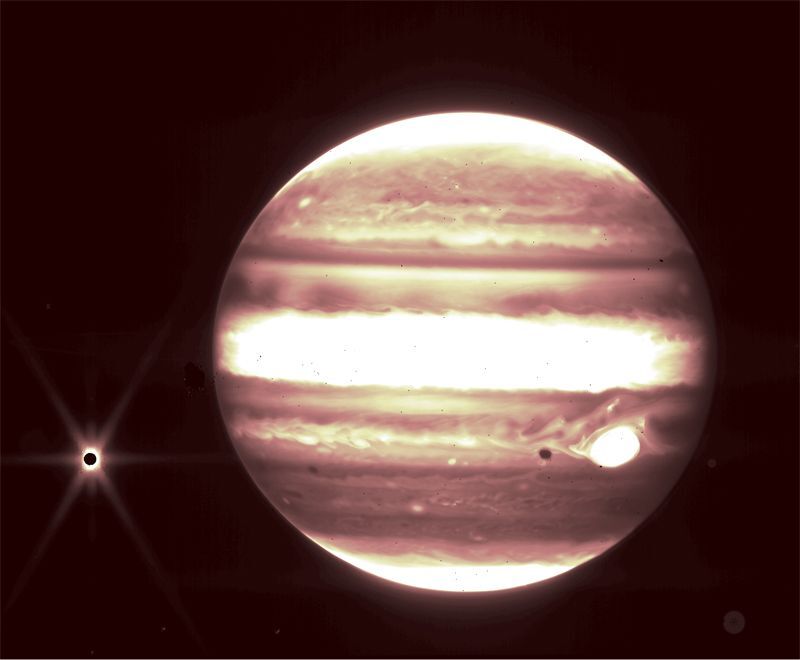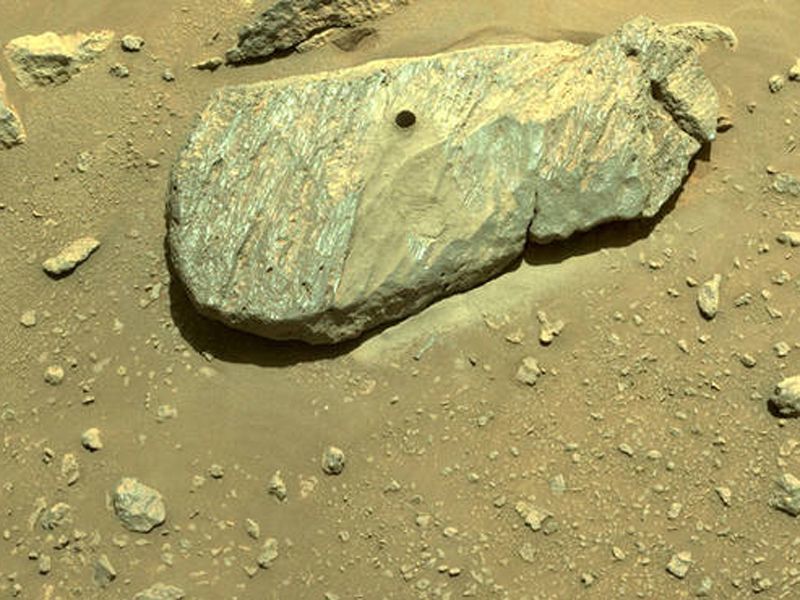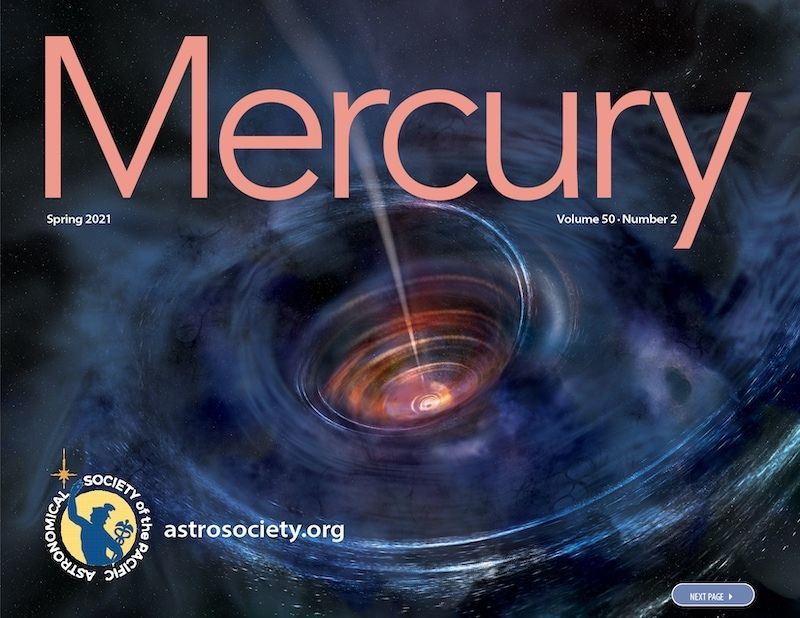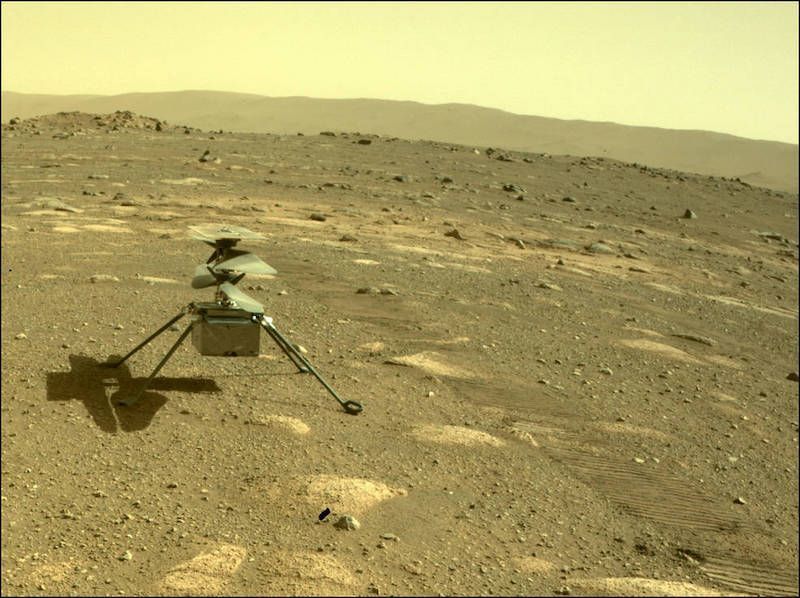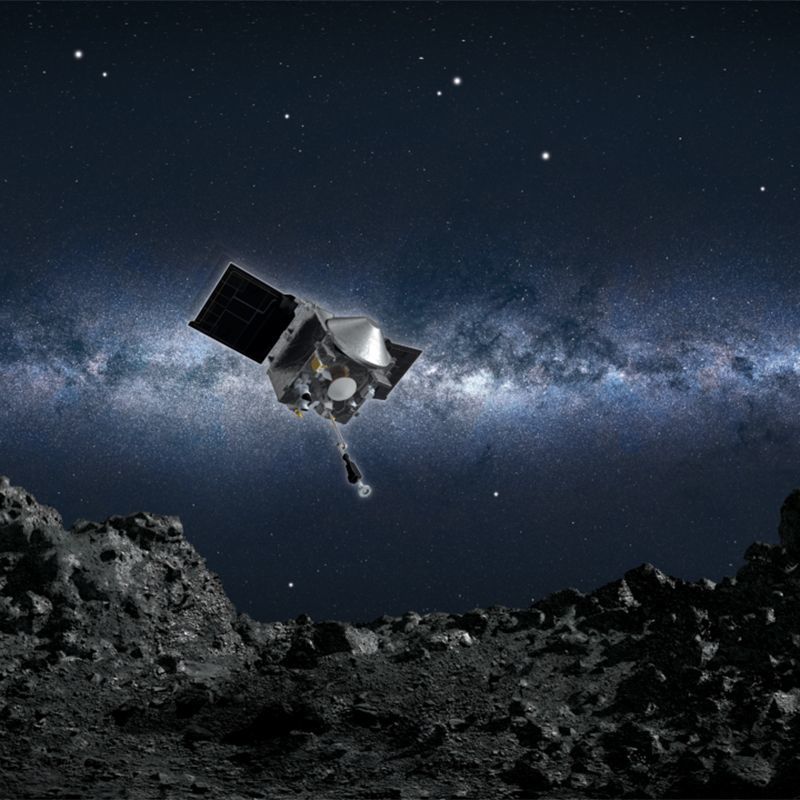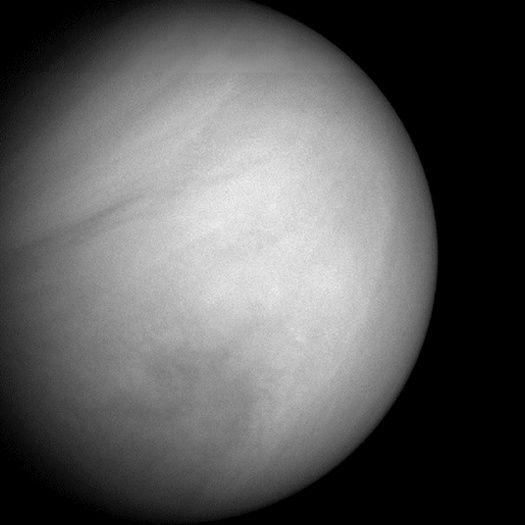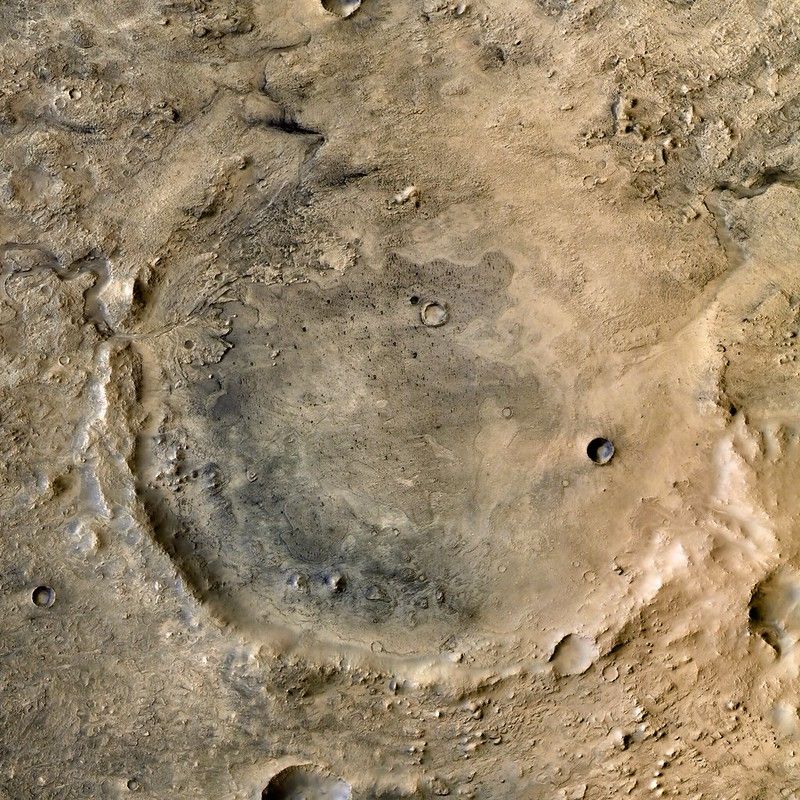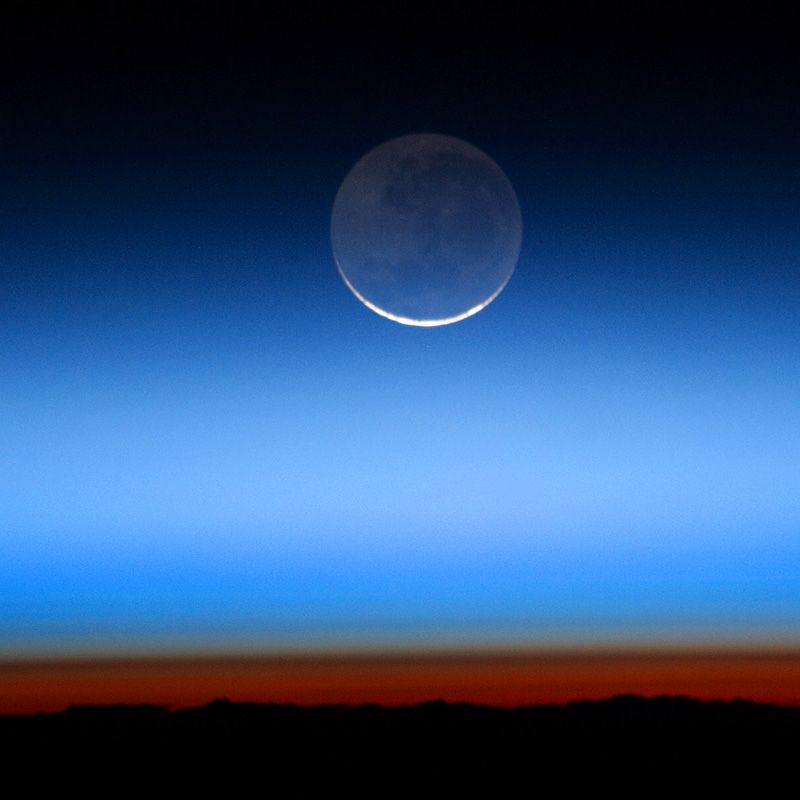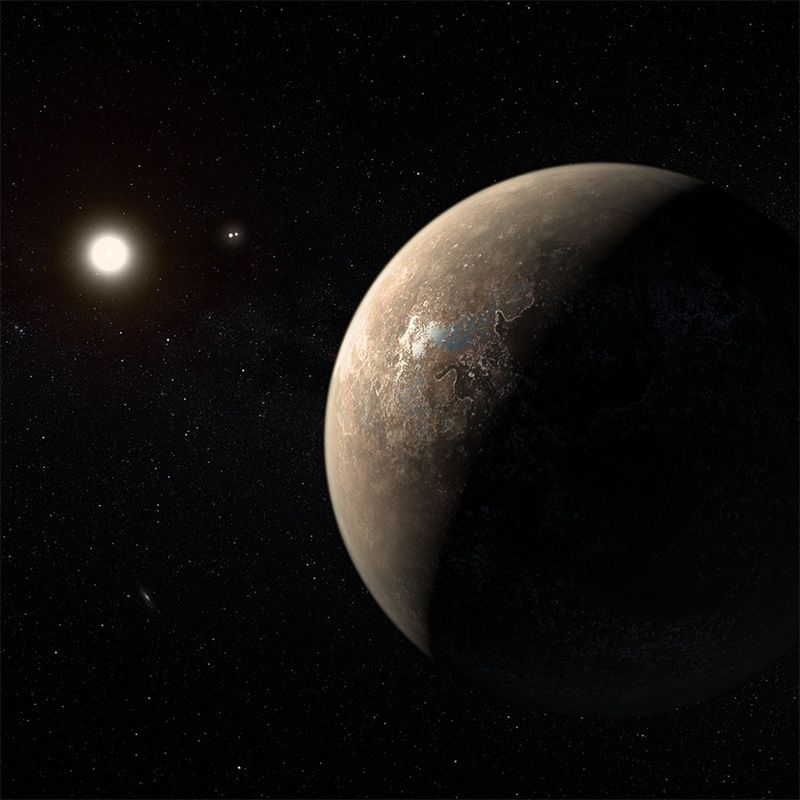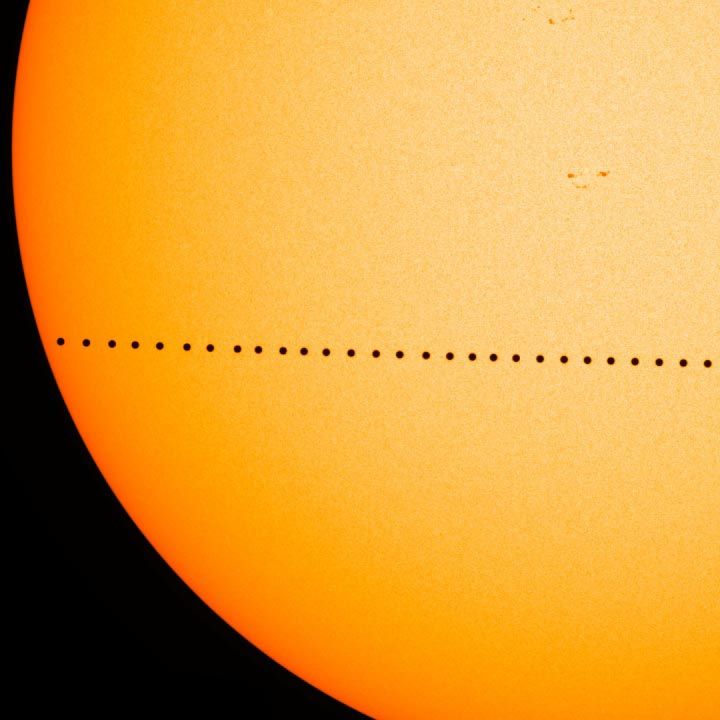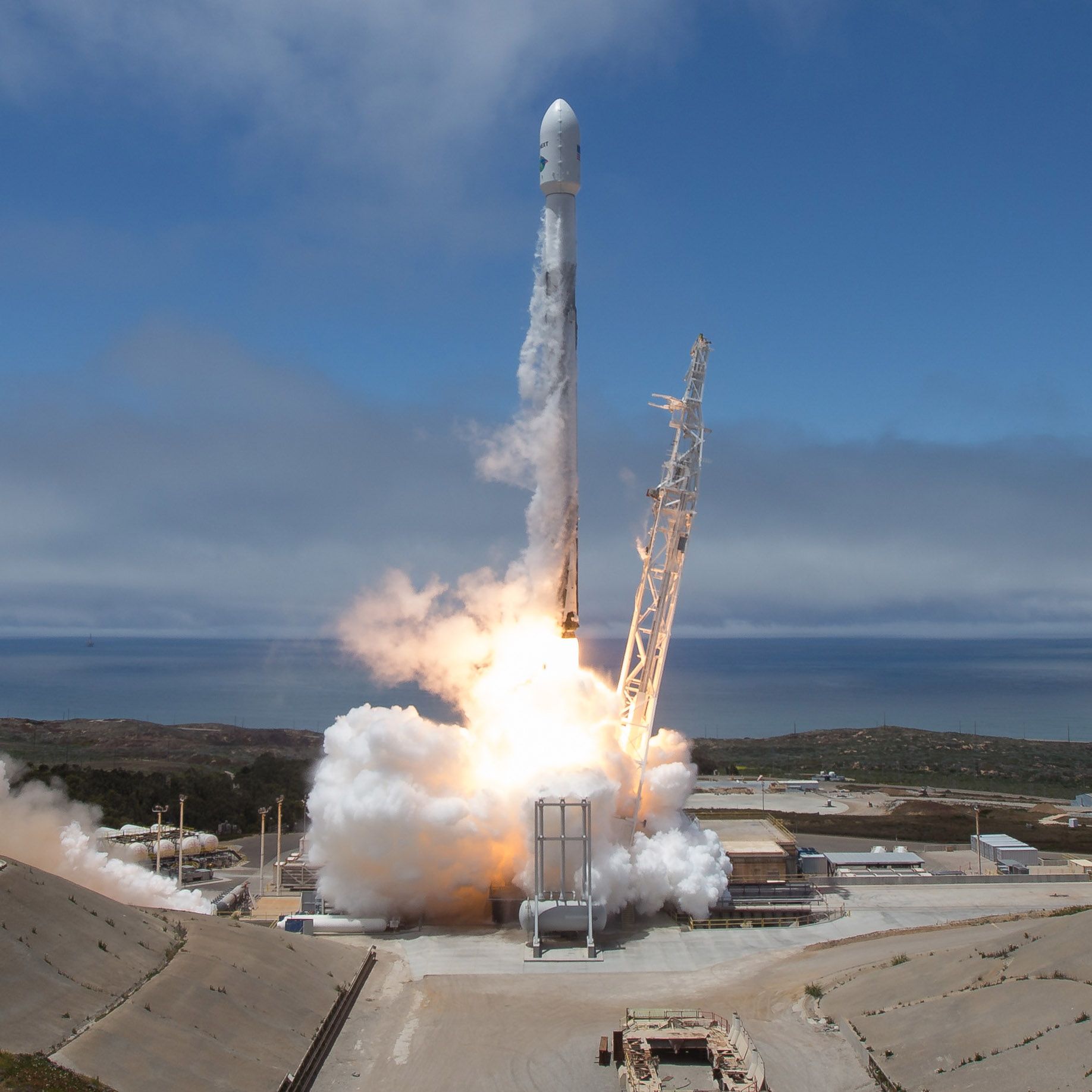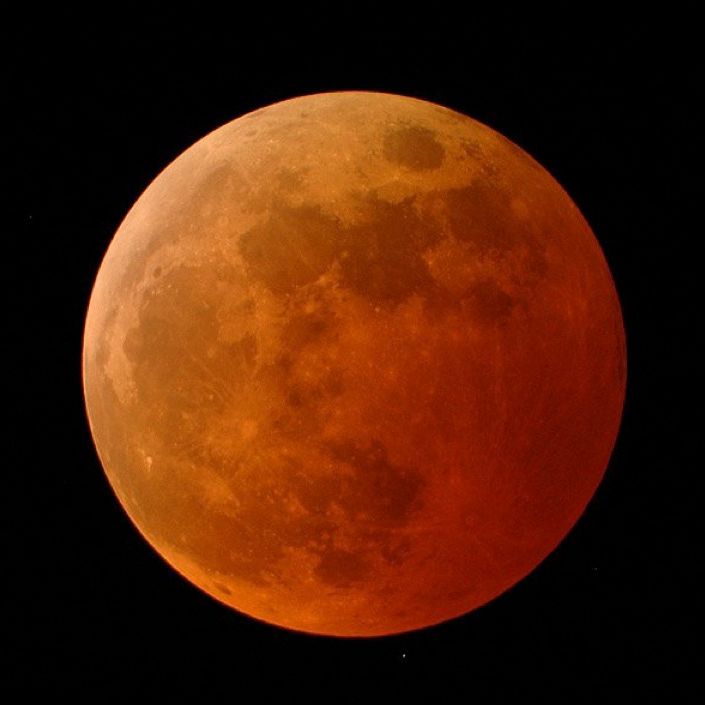Planetary Science
In archival spacecraft data of Venus, planetary scientists found evidence of active volcanic activity.
The James Webb Space Telescope's commissioning observations of Jupiter show how well the telescope can track objects moving quickly across the sky.
The Perseverance rover has successfully drilled its first Martian core sample and stored said sample in a titanium tube.
The Spring 2021 issue of Mercury (Vol. 50 no. 2) is available to members, and this issue features a new column, the story of black holes, a guide to the Kuiper Belt, astronomy's patron saint, the mysteries of our home galaxy, and more!
The Ingenuity rotorcraft sits on the surface of Mars, readying itself for its first test flight.
At 12:55pm Pacific Time, NASA’s Jet Propulsion Laboratory mission control erupted in applause as the Perseverance rover touched down on Mars.
At about 6:10 pm Eastern today, a NASA spacecraft will touch an asteroid, grab a 2-ounce sample of debris, and hold onto it until a return to Earth. At least, that’s the plan of this first attempt at the OSIRIS-REx mission’s complex series of events.
Two recent studies used data from the Mercury MESSENGER mission's flybys of Venus to reveal new details about the Venusian atmosphere.
Astronomy has been abuzz with observations of a unaided-eye comet in the early morning hours. Comet C/2020 F3 NEOWISE is the brightest comet that’s shown up in the skies in years.
A quartet of space probes is heading to Mars soon looking to answer lots of new questions — and an old one.
The Winter 2020 issue (vol. 49 no. 1) of Mercury magazine is online for ASP members, featuring a goodbye to Spitzer, kicking off a busy decade for Mars, and paying tribute to Katherine Johnson.
Two interstellar travelers have visited the solar system in as many years—how many more are out there?
Earthshine: A tool to study Earth’s albedo and (possibly) permanently shadowed lunar features.
A search in X-rays suggests life might be possible around two of our three neighboring stars.
Observations of this relatively rare phenomenon offers both scientific and educational opportunities.
A Chinese satellite got a historic view of the July 2 total solar eclipse from BEYOND Moon orbit.
What do you call an orphaned moon with planetary ambitions?
How a mission designed to monitor climate change is also a prototype for a technique to detect gravitational waves. [Feature excerpt]
NASA's OSIRIS-REx gets a beautiful crescent view of the asteroid, revealing the incredible array of rocks on its surface.
Lunar eclipses can help us understand meteoroid impacts and exoplanet atmospheres.


